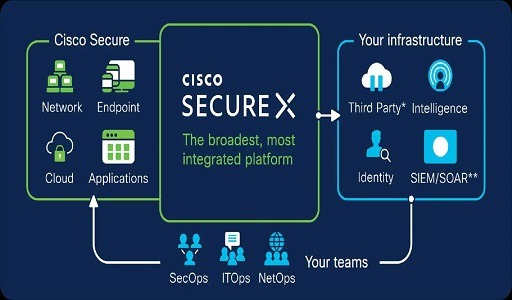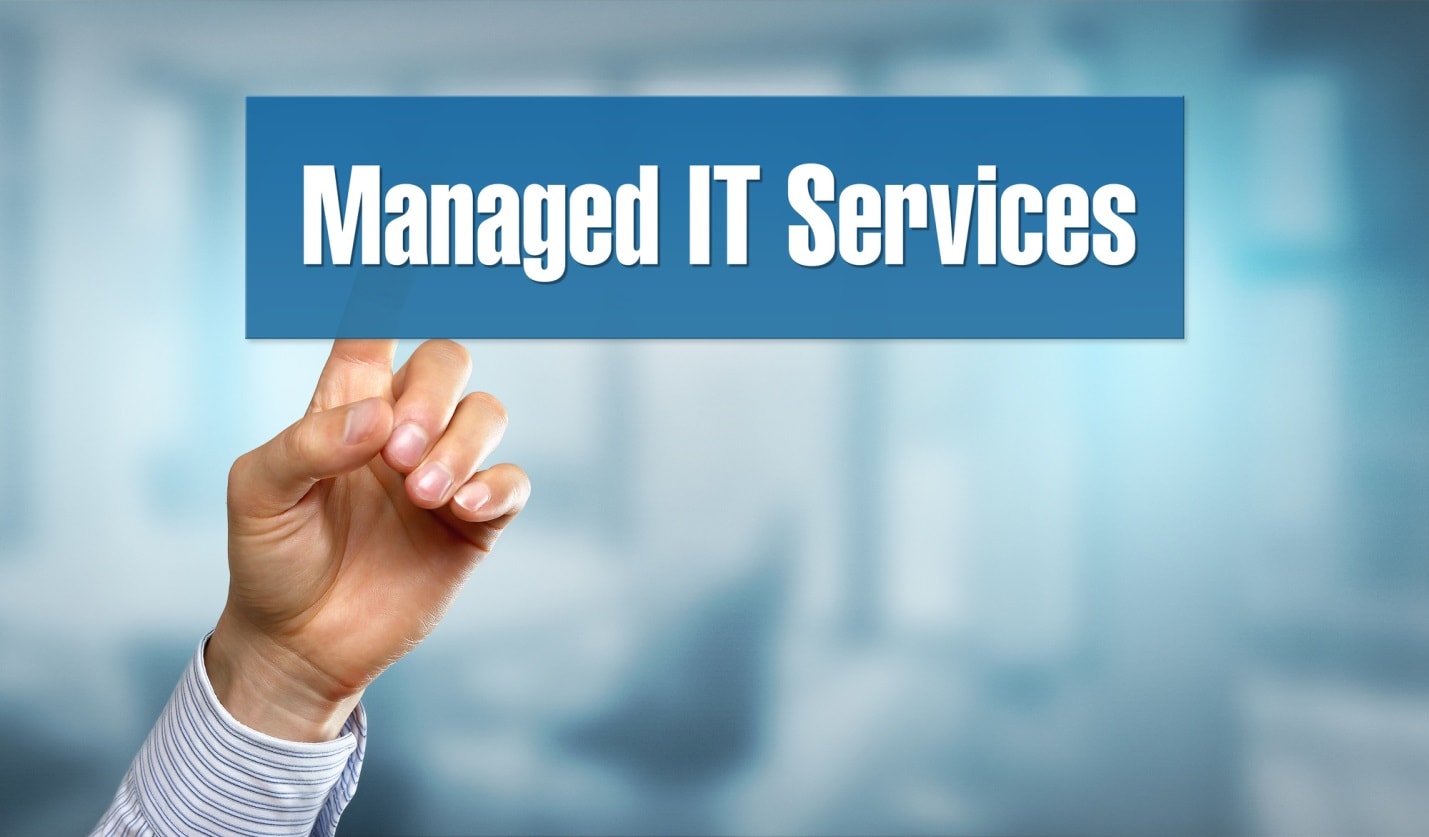Secure Email Gateways: When you send an email, you anticipate that it will arrive at its destination without being changed in any way before it is read. However, this isn’t always the case because hackers are continually trying to steal email addresses and fool people into opening harmful attachments or clicking on URLs that may download malware onto their computers.
The question now is, what measures can you take to safeguard your own safety as well as those of your loved ones, your closest friends, and your workforce? These dangers can be avoided with the assistance of a secure email gateway.

What is a Secure Email Gateway?
Secure email gateways, also known as SEGs, are security mechanisms that email users, such as enterprises, corporate organizations, and governments, put into place to secure their internal email servers from the risk of being attacked by malicious hackers. SEGs check emails going out and coming in for dangerous content. This enables users to monitor and control emails being sent and received, as well as to assess whether or not the emails should be processed according to the instructions that were given earlier.
On the path that the email takes, from the email server of the organization to the public internet, there are secure email gateways placed at various points. The SEG reads and analyzes every message that is sent to or received by the server.
The primary objective of SEGs is to prevent unsolicited and potentially destructive emails from obtaining access to their users’ email servers in order to preserve the integrity of those servers. SEGs are able to protect sensitive information from being accessed by cybercriminals, privatize data, and encrypt sensitive emails that include sensitive information as a result of doing so.
The following are examples of potentially hazardous emails or messages:
- Spam.
- Phishing attacks.
- Trojan.
- Malware.
- Viruses.
- Ransomware.
- Fraudulent content.
- Business Email Compromise (BEC).
- Denial-of-Service (DoS) or Distributed Denial-of-Service (DDoS) attacks.
Not to mention a variety of additional strategies for manipulating people through social engineering!
In addition, SEGs perform a comprehensive scan of both outbound emails and internal email communication between employees in order to prevent sensitive information about the company from becoming publicly available. In the case that harmful material is discovered, the emails are stopped before they can be sent from the server.
What is the operation of a Secure Email Gateway?
SEGs make use of a set of rules, which are then utilized by the system in order to scan and filter any emails that are exiting or entering the email server. They protect your network and devices from potentially hazardous information in incoming and outgoing emails by filtering it before it reaches your inbox.
SEGs are able to filter or scan emails prior to them entering inboxes since they function on the email network and not the devices that are used by end users. For this reason, SEGs not only secure inboxes but also safeguard the devices that employees use and give powerful security to employees who are working remotely on the network.
SEGs search the domains of incoming emails, as well as the text of the emails and any attachments contained inside the emails, for dangerous information. After going through the scanning procedure, the SEGs, in the event that the messages do not include any malware and are safe, deliver them to the email server, which subsequently delivers them to the user’s mailbox.
On the other hand, if the SEGs detect any harmful content in incoming emails, they will either quarantine or block the messages and store them so that the system administrator can examine them in further detail. They also examine and filter outgoing emails, and if they discover sensitive data that is being transmitted over the email network, they encrypt the data and prevent it from being sent from the email server.
What kinds of features are available on secure email gateways?
The following is a list of the most important security elements that can be found in SEGs, despite the fact that each SEG has its own particular functions and features.
Spam Filtering
The technology that filters spam employs algorithms to quarantine or prohibit messages coming from known domains associated with spam emails. They are also able to identify newly received emails that have certain patterns that spammers utilize, such as dangerous links and keywords. In addition, users are able to report spam emails and blacklist senders if specific spam emails get through the gateway and land in their mailboxes thanks to this functionality.
Content Filtering
This function searches for applications through the outgoing emails sent by employees of an organization. SEGs stop the transmission of confidential company data through emails, such as photographs, documents, or keywords that are specific to the firm.
Protection From Malware and Viruses SEGs guard you against malware and viruses, both of which have the potential to infiltrate your email network. They utilize antivirus software that checks emails for viruses and other malware and either bans or quarantines those messages that are found to be infected. Because new forms of cybercrime are continuously emerging, it is imperative that you regularly update the antivirus software in order to protect yourself against the most recent dangers.
Email Archiving SEGs are responsible for the management of email services. They assist in the storage of emails so that your company can satisfy its requirements for data management and legal compliance.
Defense Against Phishing
Phishing attempts can be avoided by enterprises thanks to SEGs. They use anti-fraud technologies to identify spoofed senders and put a halt to the practice. In addition, Secure Email Gateways (SEGs) make use of domain name validation to identify and stop phishing assaults, as well as to quarantine emails that contain links to phishing websites.
Control and Reporting of the Admin
System administrators are given the ability, by virtue of this capability, to ascertain what takes place in the email network with regard to quarantines and policies. The system administrator is provided with a single dashboard from which they may administer the email security network.
Additionally, system administrators have improved visibility over the email security platform thanks to the reports generated by the SEG that are both adjustable and automatic. They have the ability to define rules to ban emails that contain particular keywords or that come from a particular IP address or sender. Some SEGs even give system administrators the ability to view all of the emails that have been quarantined and perform additional analysis on them if necessary.
What are the advantages of using a Secure Email Gateway?
The use of SEGs has a number of advantages, some of which are listed below.
1. Phishing attacks can be prevented and Malicious Emails can be blocked using SEGs
In the business world, sending and receiving emails is one of the most common forms of communication. Emails are a primary target for cybercriminals because they are used by enterprises, corporate groups, and businesses to communicate with their personnel.
When your email network is equipped with SEGs, the risks posed by malicious emails and phishing assaults are significantly reduced. Your SEGs should be your first line of security against malicious software, phishing assaults, and spam emails.
2. Ensure the Security of Emails sent by employees across multiple devices
SEGs are not installed on user devices but rather are included in the email network itself. Because of this, email security gateways will secure everyone who uses the specified network, regardless of whether they work remotely or within the firm. This protection is present across a variety of devices used by end users.
3. SEGs put a stop to the leakage of confidential information from the organization.
SEGs do a final check on messages that have been sent from the server before they are sent. Any email that contains confidential information will not be allowed to leave the network under these circumstances.
4. SEGs make it easier to comply with regulations and other legal requirements
Encryption and email archiving are two ways in which SEGs assist enterprises in satisfying legal and compliance requirements. This is due to the fact that SEG provides nearly limitless storage, making it possible to keep data saved for years in the event that legal action is taken.
In addition to this, sensitive data that is stored within the network can be encrypted with the use of SEGs. It ensures business continuity; your operations can continue even if your client folds.
The Constraints placed on Secure Email Gateways
The SEGs have been really beneficial. However, this email security solution does come with a few limitations that you should be aware of. The following are some of the restrictions that apply to SEGs:
1. SEGs are defenseless against Signature-Less Attacks
Your email server cannot be protected from attacks that do not use signatures even if you use a secure email gateway. Due to the fact that SEGs analyze email threats based on previously discovered harmful content, businesses are at a greater risk of being targeted by zero-day attacks. In today’s world, a significant number of successful breaches are either undiscovered or are brand new “zero-day” attacks that are not recognized by ordinary signature-based security solutions.
2. SEGs are incapable of providing protection against attacks that include business economic compromises
SEGs are unable to mount a defense against BEC assaults because of their high level of sophistication. In order to fool employees into accepting spam emails, cybercriminals will often impersonate well-known brands or coworkers’ names. They can pose as the company’s chief executive officer and send emails to unsuspecting workers, who then blindly carry out the scammers’ orders because they are unaware that they are participating in a business email compromise scam (BEC).
3. A decrease in overall productivity
A decrease in productivity might also occur as a result of files being banned or quarantined. It’s possible that certain urgent emails will be sent late or not at all, and that some huge files will cause delays. This may result in annoyance as well as disruptions to the flow of work.
4. Attacks are Restricted to Email only
SEGs find the majority of their applications in email communication; however, hackers can launch attacks from a variety of entry points. Businesses may feel secure in the belief that SEGs give protection in all aspects, but the reality is that these businesses are still vulnerable to cyberattacks via the web, the company site, and other channels.
5. Regular preventative measures and service
SEGs require constant updates in order to stay current with the most recent developments in malware and spam distribution methods. These changes involve a financial investment, a significant amount of time, vast information technology resources, and additional resources, all of which can be challenging for businesses, particularly small businesses, and startups.
By using Security Email Gateways, You can keep your Emails Safe.
Phishing, spam, distributed denial of service attacks, and even very sophisticated business email compromise assaults are all examples of types of cyber dangers.
Therefore, individuals, corporations, corporate organizations, and governments should all utilize SEGs to protect their email communications from hostile actors who are attempting to steal data and create other forms of destructive harm.
Would you like to read more about Secure Email Gateways-related articles? If so, we invite you to take a look at our other tech topics before you leave!
![]()












